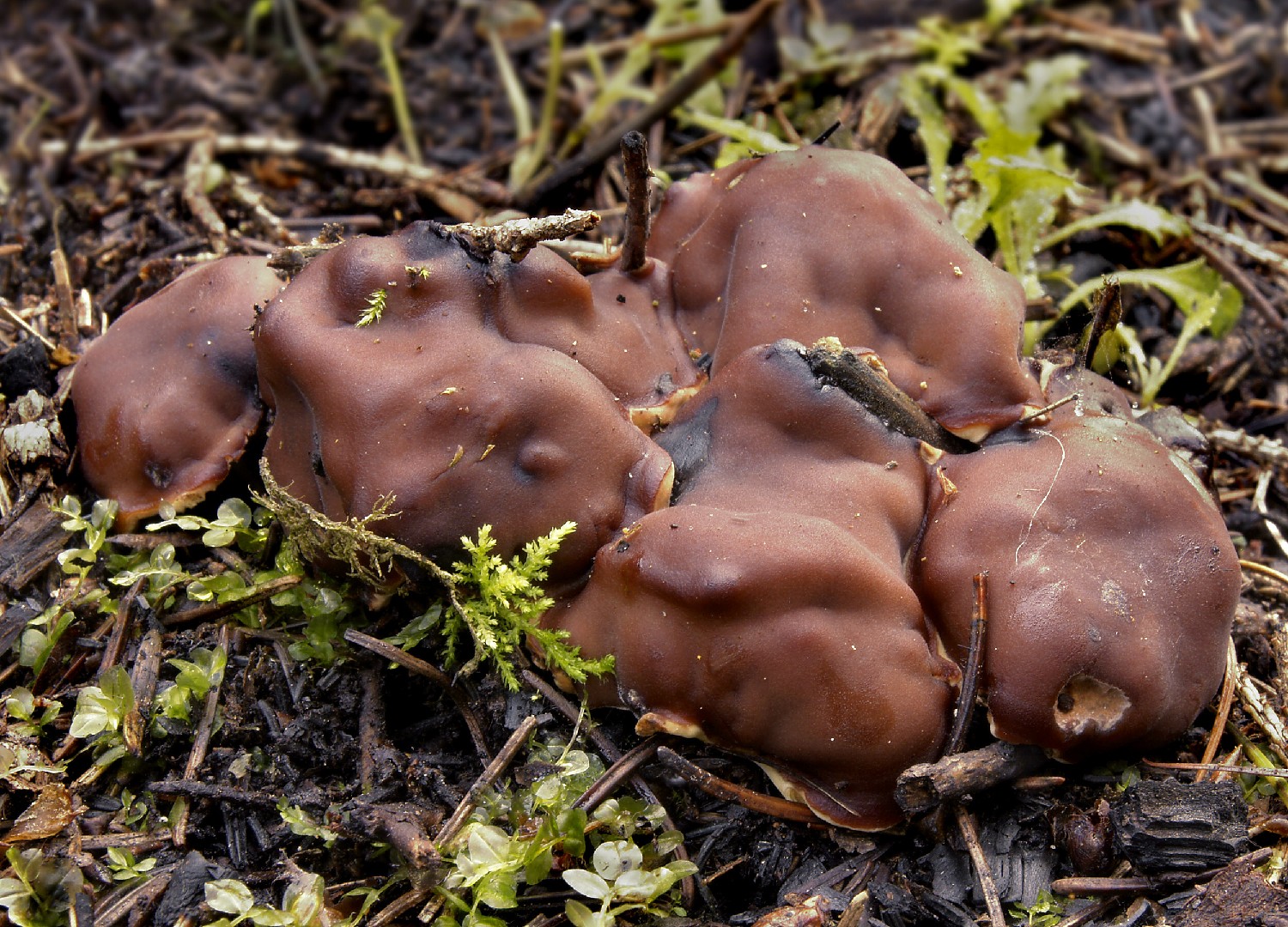Rhizina
Scientific name: Rhizina
Rhizina
Scientific name: Rhizina
 Photo By Andreas Kunze , used under CC-BY-SA-3.0 /Cropped and compressed from original
Photo By Andreas Kunze , used under CC-BY-SA-3.0 /Cropped and compressed from original Description
Rhizina are known for their intricate network of root-like structures, which help them thrive on decomposing wood and forest floors. They play a crucial role in breaking down organic matter, enriching soil nutrients. Sometimes spotted after forest fires, rhizina can rapidly colonize burnt areas, showcasing their resilience and adaptability. Their appearance is often wart-like or cushion-shaped, making them quite distinctive among other fungi.